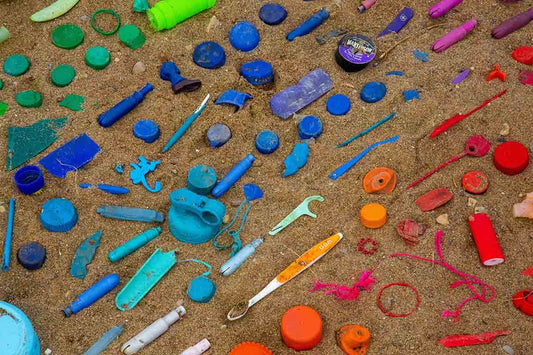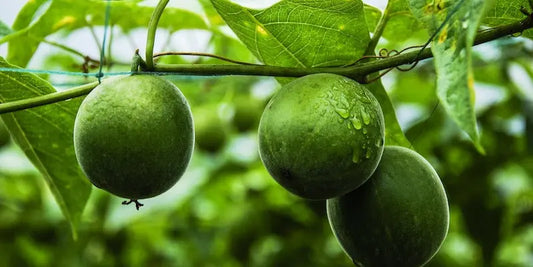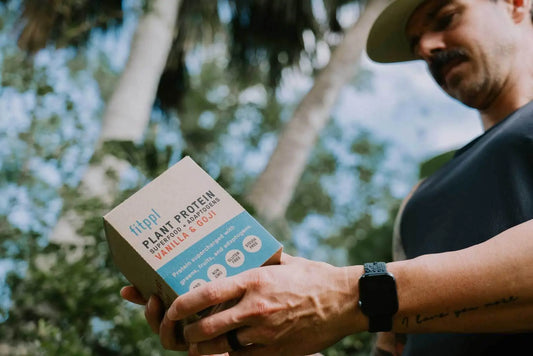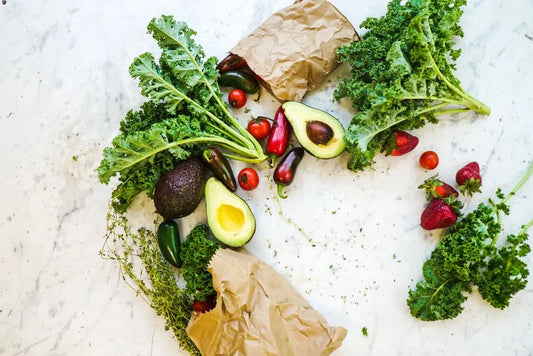Why ‘biodegradable plastics’ is a dangerous oxymoron
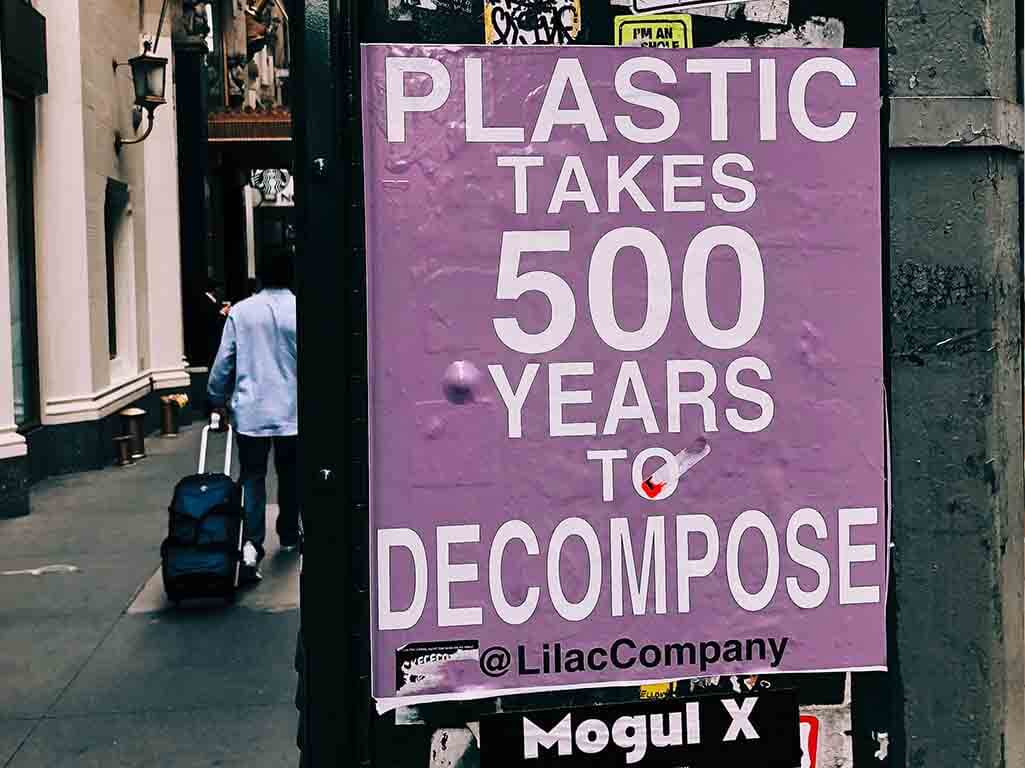
Did you know you can still read a newspaper that has been rotting away in a landfill for over three decades? That means, you can get your driver’s license, graduate high school, get into college, change your degree 11 times, turn 21, complete the obligatory backpacking through Europe trip, meet and fall in love with an American in a hostel in Berlin, travel back to San Francisco and get married, start a company, sell the company, have two kids and move out to the burbs, and STILL be able to dig out the newspaper from the day you were born and read about what was happening in the world 35 years ago. I mean…. C’mon. That’s not biodegrading. That’s not compostable. So, where’s the disconnect? Why are words like “biodegradable” and “recyclable” thrown around with so much conviction by big corporations if the consumer is still left with unanswered questions? Or even worse – what if we’re just accepting what they’re saying is unequivocally true?
First, we need to proceed with caution. If adulthood has taught us anything, it’s to apply a cynical eye. Why are we 100x harder on a blind date than we are on the people determining the fate of our planet? Let’s recalibrate. Let’s get some answers.The questions that are swirling around your head right now are what we, in the biz, like to call “A Shitload of Confusion.” That’s the technical name for it. This movement is pitched to us to be a silver-bullet solution, but in reality it’s anything but. When you buy a product labeled “biodegradable” and toss it in the ground when you’re done, it doesn’t magically disappear. Biodegradable materials are made of conventional polymers, or, to the lament: lots of different stuff. So, when this material gets buried in the earth, the starch component biodegrades, but the plastic remained. Albeit, in much smaller pieces. But it’s still there. It’s still harmful. So – some of it is biodegradable, but that’s not how it’s sold to us. These days, terms like ‘compostable’ and ‘biodegradable’ are used synonymously, but there are slight differences that should be noted. Something labeled ‘biodegradable’ means that microorganisms cause decomposition and assimilation. Something labeled ‘compostable’ means the material biodegrades to produce carbon dioxide, water, and humus within a finite time frame. (Humus: No, we didn’t misspell hummus. Humus is an organic component of soil.)
So, these two words are not interchangeable, but large companies treat them as such. That’s because putting either one on a product is a surefire way to drive up sales. So, as marketable as biodegradable and compostable plastics like PLA (Polylactic acid: biodegradable thermoplastic derived from renewable resources) are, there's often more to it than meets the eye.For example, in most cases biodegradable bioplastics will only break down in a high-temperature industrial composting facility, not your average household compost bin. For those of you thinking about starting a backyard compost bin, check out some tips and tricks to get you started here and here. But important distinction is often not made clear to consumers, who may mistakenly assume it will decompose in a reasonable time frame in their compost piles. That isn’t fair. Without giving any further instruction, telling consumers that these plastics are readily biodegradable isn’t just withholding, it’s misleading. This wouldn't be as much of a concern if we had a sound infrastructure in place, but we don't. How about composting materials at home? Even if you are willing to carry the cup with you all day and then back to your home, and even if you happen to have a composting pile (as do about 5% of Americans), you will still be out of luck because most consumer compost piles do not get hot enough and are not maintained well enough to decompose a complex material like PLA. Bummer. Landfills are basically built to seal in, or capture, waste - preventing exposure to air, moisture and sunlight. That means not even biodegradable products will break down as much as they promise you they will. The lack of oxygen creates an anaerobic environment, so if biodegradable plastics do manage to break down, they’ll emit methane; a greenhouse gas 23 times more potent than CO2 in terms of damage potential to the Earth’s ozone layer. Yikes.
There isn’t much difference between throwing a cup in the trash and throwing a biodegradable cup in the trash. Or rather, the margin is much different than we are originally led to believe.How do we move forward? It’s the small things. If we all start small, lots of people making small changes means BIG CHANGES for the world. Don’t use a paper plate at home. Not even one marked “Made with Recycled Materials” or “Totally Biodegradable” because, as you now know, it just isn’t true. Take the extra .000000021 seconds to wash a plate. Always. The world will thank you for it.
“Reduce, Reduce, Reduce, Reduce, Reduce, and Then Try to Reuse” is the new “Reduce, Reuse, Recycle.”Stay green, my friends.
Subscribe Us
Subscribe to our newsletter and receive a selection of cool articles every weeks



